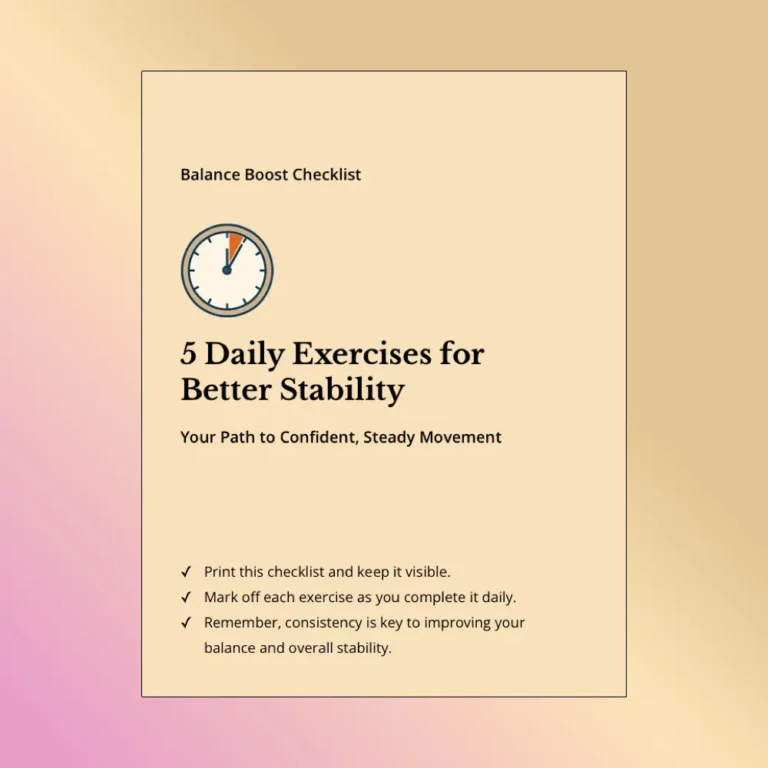
HIGHLIGHTS

Growing older doesn’t mean giving up on strength. For older adults 55 and above, resistance exercises offer a pathway to better health, steadier balance, and greater independence. Adding strength training to your routine can help you stay energetic and mobile, making daily activities easier and more enjoyable. Let’s explore how exercises for older adults can be adapted specifically for seniors, helping you build strength while moving with grace.
Simply put, resistance training involves making your muscles work against some type of force. This might be weights, resistance bands, or even your own body weight. Unlike walking or swimming that mainly build endurance, resistance training focuses on developing muscle strength and mass. As a form of exercise, resistance training can help older adults maintain muscle mass that naturally decreases as we get older.
Resistance training offers numerous advantages for seniors:
The benefits of strength training for seniors extend beyond physical improvements. Regular exercise can boost mood, improve sleep quality, and enhance overall health. Training exercises that target major muscle groups can significantly improve your quality of life.
Before starting any new exercise program, check with your healthcare provider. Conditions like heart issues, arthritis, or bone loss might require specific adjustments to your workout routine. This step is particularly important when working with older adults who may have preexisting health conditions.
Start with light resistance and slowly increase as you get stronger. Listen to how your body responds during exercise. If something hurts (beyond normal muscle fatigue), stop the movement. The risk of injury increases when proper form isn’t maintained, so take your time to learn each exercise correctly.
The right tools can make a big difference:
Strength and resistance training doesn’t require expensive equipment. Even household items like water bottles can serve as light weights when you’re just starting out.
Using dumbbells for this exercise helps build strength in the shoulders and arms, which are important for many daily activities like reaching for items on high shelves.
This resistance exercise works your upper back muscles, helping improve posture and reduce shoulder pain. It’s one of the best resistance training exercises for older adults looking to maintain independence.
The squat is a fundamental movement pattern that strengthens multiple muscle groups in your lower body. Chair-based exercises like this make squats accessible even for those with limited mobility. Performing exercises with support reduces the risk of injury while still providing an effective workout.
This exercise targets your quadriceps, hamstrings, and glutes, making it an excellent way to build strength in your lower body. Resistance bands provide variable resistance throughout the movement, making this exercise suitable for any fitness level.
Core strength is crucial for balance and everyday movements. This simple exercise helps strengthen the muscles that connect your upper and lower body.
Planks work multiple muscle groups simultaneously, making them an efficient exercise for overall strength. As your body gets stronger, you can gradually increase the duration of your hold.
Stretching and balance exercises work perfectly alongside resistance training, improving overall fitness and helping prevent injuries. Low impact exercise for seniors should include elements of strength, balance, and flexibility for the best results.
Regular stretching helps maintain mobility and can reduce muscle soreness after strength training exercises.
Balance exercises help improve coordination and reduce fall risk. As we age, these exercises become increasingly important for maintaining independence.
Tai Chi combines physical activity with mindfulness, offering benefits for both body and mind. It’s particularly beneficial for seniors looking to improve balance and reduce stress.
A well-rounded exercise plan maximizes benefits. Here’s a simple weekly schedule to consider:
Including resistance training at least twice a week helps maintain muscle mass and strength as you age. Combining it with other types of exercise creates a comprehensive program for overall health.
To stay consistent:
Regular exercise delivers the best results when it becomes a habit. Finding ways to enjoy your workout routine increases the likelihood you’ll stick with it long-term.
Knowing when to stop is important. Pain (not to be confused with muscle fatigue) is your body telling you something’s wrong. Selected exercises should challenge you without causing discomfort.
Understanding your personal limits prevents injury. Slow progress is better than rushing and getting hurt. Resistance training can help older adults build strength gradually, which is safer than attempting too much too soon.
Adding resistance exercises to your weekly routine is an excellent way for older adults to build strength, improve balance, and enhance overall wellbeing. By prioritizing safety and respecting your body’s signals, you can embark on a rewarding journey toward better health and greater independence. Why not start today? The strength you seek is already within you, it just needs a chance to grow!
Training helps keep your body strong no matter your age. Incorporating resistance training into your life can help maintain a healthy body weight, preserve muscle mass, and support bone health. Whether you’re just beginning or looking to enhance your current routine, these resistance training exercises for older adults can help you achieve your fitness goals.
Have you tried resistance exercises before? What worked for you? Remember that everyone’s journey is different, and small steps lead to big changes over time. The perfect time to start taking care of your strength is now!
